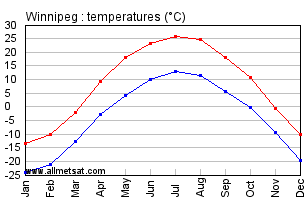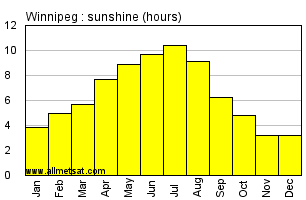Thanks for the input Richard.
The quoted outputs are for Saskatchewan and are actual values as tested by the mfg at their location. The values are low because of the low sun angle here up north, the output values are actual numbers for a single collector as constructed...not an estimate. I am seriously thinking of going with this system due to the ability to use the system to more than just heat my pool, heating my sunroom and more is a really attractive proposition for me. The fact that they work even at -40C is attractive especially since it would sit on top of my flat roof garage and I could heat that space with a radiant ceiling radiator. Heating a double garage here in Winter would cost 100's of dollars per month, free heat for me to work in there would be a bonus. Opening the pool in March or April means I could extend the season by a few months not to mention add a degree of freeze protection if there is a cold snap for the pump etc. The price being only slightly higher is really attractive considering it comes with a mount already.
I know these types of systems have little application South of the border but up here air temperatures at night and even on the odd day means those flat panel rubber collectors aren't working a good percentage of the time, the cooling aspect isn't even a factor...no one here needs to cool their pools! In the height of summer I likely could divert the system to heat my home water tank so the energy savings multiply with its diversity.
I am planning on utilizing a PLC controller to monitor the pool and it is not that hard to add a solar collector into the system and monitor and control it too. As I mentioned in a previous post this type of automation is not that common (up here at least) unless its a government facility with cubic dollars at their disposal, it seems to be more common in Europe where the cost savings are attractive for large installations. The flat plate sealed collectors I have reviewed seem to be suited primarily for domestic hot water heating with low flow rates and 3/4" NPT connections and pressurized only operation, tube collectors can operate in both modes with an associated loss in efficiency when run open high volume flow.
The closest competitor would be this company in the US whose panels cost $900 USD each but contain 50 collecting tubes as compared to 20 tubes for the WSE47, seems that they are just starting out as they make no claims as to efficiency or output but I doubt their tubes work any better than these ones. The three warranty is kind of worrying and I can tell you the shipping up here would make them a no go...doubling that price is what it would take to get them here usually.
http://www.siliconsolar.com/50-tube-project-collector-p-501178.html
My neighbor across from my backyard has 14 10' Enersol Kits installed on his roof and they are still not swimming yet but he is heating everday, it was only 2 weeks ago that it became cost effective to even turn the pump on to the collectors during the day as the air temps made them not worthwhile to run. This is a serious limitation of this type of collector for Canada. I haven't checked his pool water temperature yet but I am guessing its around 15C if its still to cold to swim.
BTW Here is an air temp graph and sunhours estimate based on historical data for my area.
As you can see air temps being over 20C only begins to be prevalent in June which makes our summers three months long at best.








